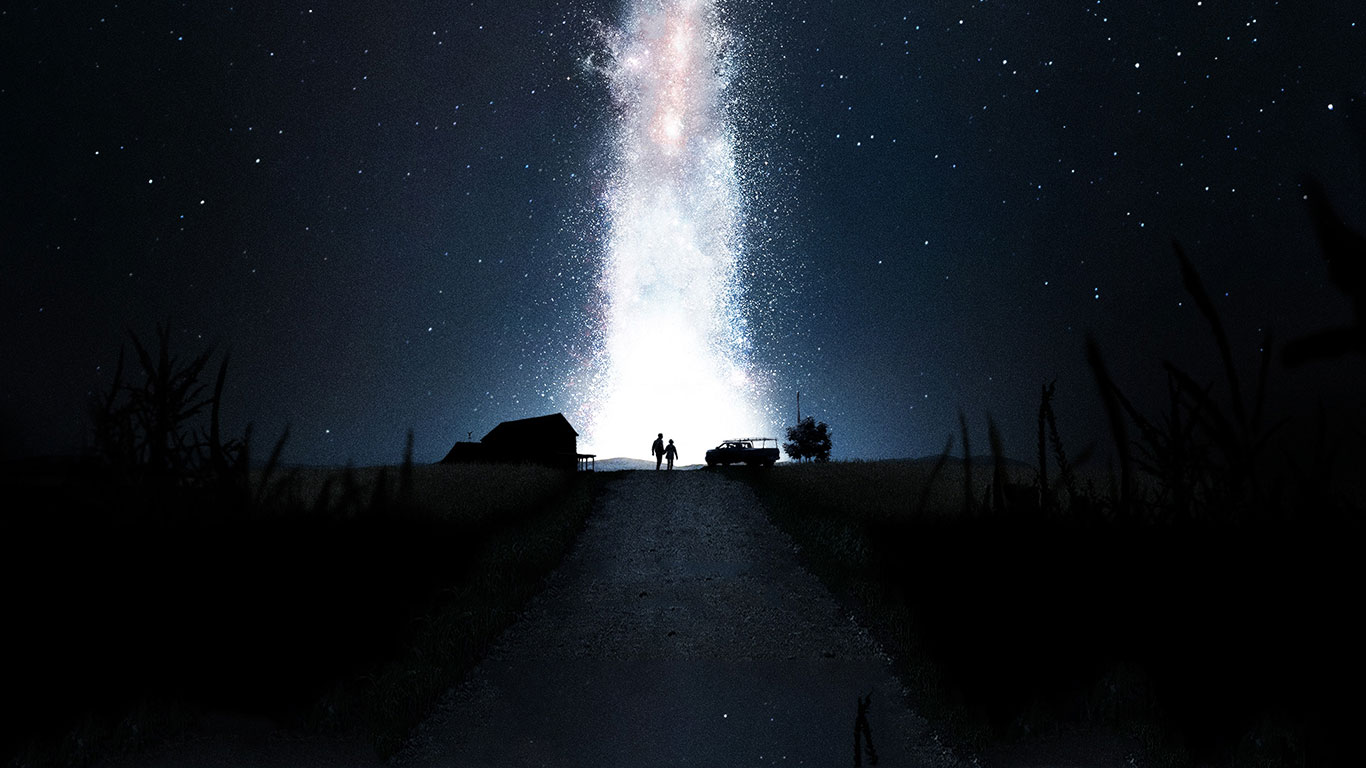A few weeks ago, Douglas Trumbull unveiled something to change the face of cinema forever: UFOTOG (pronounced you-photog). Whereas cinema before promised to suspend its audiences’ disbelief, transporting them to an idea of another world, Trumbull’s UFOTOG goes one better. Stretched across the curved cinema screen, not unlike that of cinerama, the image seems to be tangible, reaching out to its audience almost literally. The clarity of the image is so precise that you can see every pock mark and pore of the faces on screen. Expressions and movements seem hyper-defined, so much more real than in reality. When you exit the screen, you step blinking into the real world and proclaim to yourselves: is this it? Real will never be real again.
Traditional cinema is filmed at 24 frames per second; the light at the movies flickers ever so slightly as it passes through each frame, giving the look a sense of unreality. When The Hobbit was released, a number of special screenings projected the film on a 48 frames per second setting, giving the image better quality and clarity. Or so it claimed. Many audiences complained of the stark realness of the image quality, likening it to a televisual soap opera. Trumbull’s UFOTOG claims to go one better. Quite a few better, actually; screening at 120 frames per second there is no sense of light movement at all in the cinematic images. The screen is unnervingly fluid and silent. The images appear as if directly before our eyes.
According to Trumbull, it’s all about immersion, breaking down the fourth wall of the cinema screen and inviting audiences to consider film as another part of their day to day reality. If all cinema was like this, then more people would flood to the movies, wanting to experience life in its richer format, visiting places unknown.
Except, of course, audiences have been doing this ever since the birth of cinema. In a specific type of film, we can visit places unseen and consider the world and universe around us in much finer detail. We can be made aware of the sheer scale of the place in which we were made.
Space films have been doing for years what Trumbull has recently brought to light. Whilst there may be technical differences in the ways in which both types of cinema open up the eyes of their audiences, the lasting effect is still the same: The audience is mesmerised.
In Georges Melies’ Le Voyage dans la Lune, space travel was not only shown for the first time to many audience members but also, was invented. After a group of astronomers successfully travel to the moon’s surface, they are very surprised to learn that they were beaten to the mark. The moon is already populated by an alien race who have created a new society all of their own. Whilst the set pieces of the film are typically one dimensional and forward facing, the sheer size of the film’s concept cannot go unapplauded. Melies’ imagination and vision was the starting point for many films to come later and proved to cinemagoers that there is much more out there than at first they might believe.
Of course, films since then have come on somewhat and we can thank the likes of the Star Wars franchise for much of that. Although we may look back at some of the original space battles and cringe, their use of scale was truly inspired. Whereas other films of the same kind stuck to interiors, George Lucas represented the nothingness of space with gusto and determination. The toy-like model spaceships were suitably fragile in the abyss of space; for the first time, audiences were aware of the meaning of infinity.
Most recently, Gravity has brought its audience ever closer to the reality of space. Using 3D technology exactly how it was meant to be, the film plunged its audience in the lap of space terror, the unending blackness of the emptiness claustrophobic and shimmering. The lack of apparent landscape diversity was made up for in buckets by the majesty of the cinematic image. As the image lurched towards and away from the screen, its audience was left reeling and disoriented as if they were the ones suspended in space. Suspension of disbelief was not needed here; the audience believed and they felt everything as real.
Christopher Nolan promises the world and more with Interstellar, his hotly anticipated new release. Following the earth shattering capability of Inception and the deep richness of The Dark Knight Rises, it is hard to believe that Nolan could achieve anything more visually arresting. And yet, the stills from Interstellar look like nothing we have ever seen before. The spectacle on screen is so vivid it is as if we could reach out and touch it, like in Trumbull’s UFOTOG. We spin through other worlds and leave the earth behind. Reality as we know has completely changed. On screen, at least.
Douglas Trumbull brings us an otherworldly beauty in his hauntingly perfect images. He makes us feel as if we are encountering another world, as if the people on screen are somewhat more enhanced than we are. Space travel on film has been doing a similar thing for 100 years. At the forefront of cinematic imagery, it has had a direct effect on the way in which we relate to the visuals on screen. Like Trumbull’s cinema, it has opened up our eyes to the potential of cinematic visualisation. This is our world and our universe. Just not as we think we know them.

